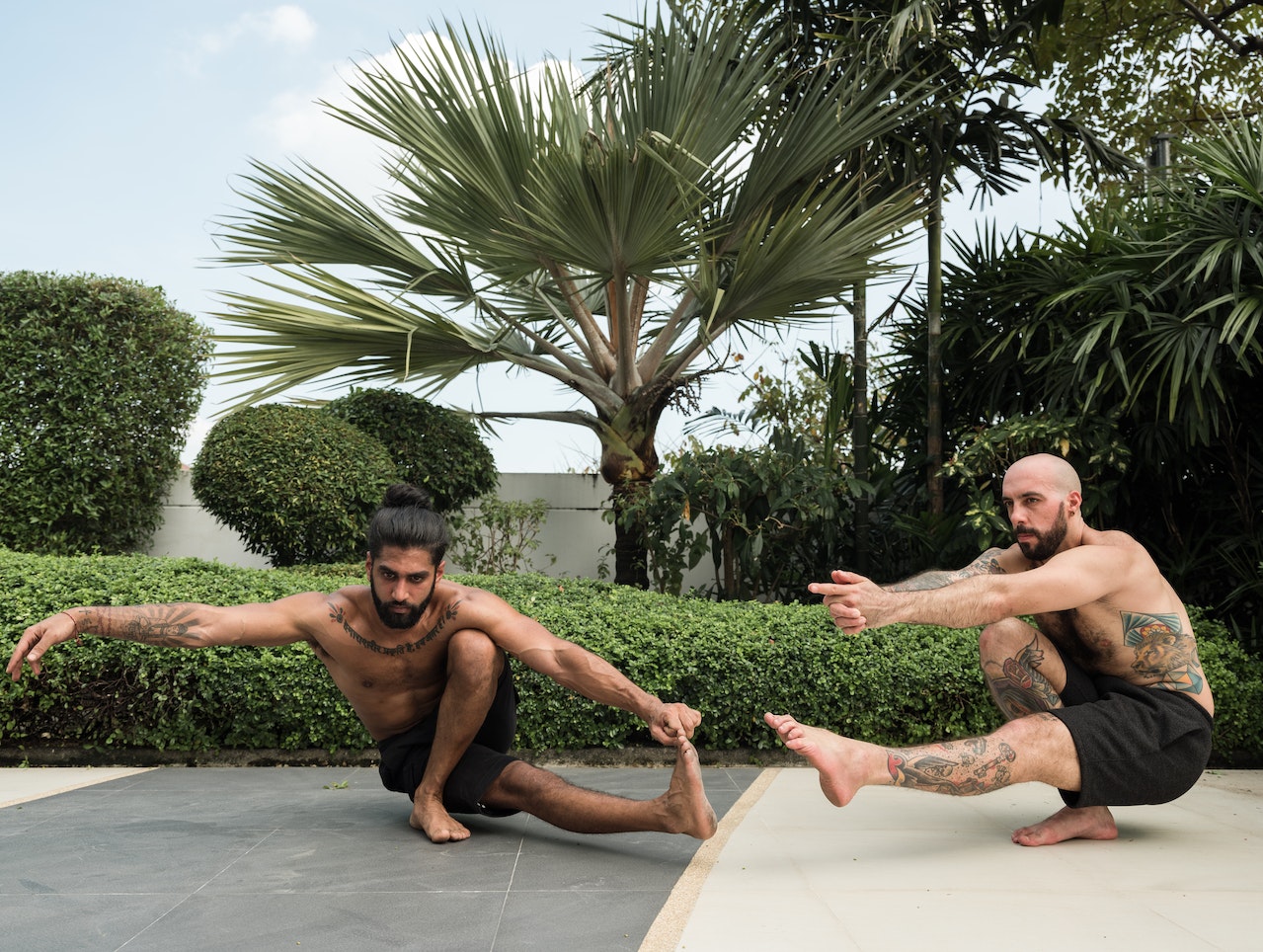
In the quest for improved physical performance and overall well-being, many individuals turn to various training methods to enhance their flexibility, strength, and resilience. One notable approach, popularized by a leading expert in the field, incorporates a range of techniques that have revolutionized the way we view mobility training. While we won’t mention the expert’s name directly, we will delve into some of the key principles and techniques associated with this groundbreaking approach.
Understanding Mobility Training
Mobility training goes beyond traditional stretching routines, focusing on the intricate relationship between joints, muscles, and connective tissues. The underlying philosophy is that true flexibility and strength can only be achieved when we address the complex interactions within the body. This approach involves several key techniques:
1. Joint-By-Joint Approach:
This methodology acknowledges that the body consists of alternating stable and mobile joints. Understanding which joints require stability and which need mobility is crucial. Training each joint appropriately can prevent injury and optimize overall movement.
2. Controlled Articular Rotations (CARs):
CARs are a fundamental component of mobility training. These movements involve slow and deliberate rotations at each joint’s end range. This helps improve joint health, enhances proprioception, and increases the brain’s connection to the body’s movement capabilities.
3. PAILs and RAILs:
Progressive Angular Isometric Loading (PAILs) and Regressive Angular Isometric Loading (RAILs) are techniques used to strengthen muscles and improve joint control. PAILs focus on pushing against resistance at the end range of a joint, while RAILs emphasize relaxation and stretching in the opposite direction.
4. Isometric Exercises:
Mobility training includes isometric exercises to improve muscle strength and stability. These exercises often target specific muscle groups while maintaining tension without joint movement.
5. FRC (Functional Range Conditioning):
FRC is a systematic approach to mobility training that emphasizes the development of usable and functional ranges of motion. It includes various techniques to increase flexibility, strength, and joint health.
6. Kinetic Stretching:
This technique involves active stretching through movement patterns, helping to increase flexibility while maintaining control and stability throughout the range of motion.
The Benefits of Mobility Training
This type of training offers a multitude of benefits for individuals of all fitness levels:
1. Injury Prevention:
By strengthening and stabilizing joints and increasing flexibility, mobility training can significantly reduce the risk of injuries, especially for athletes and active individuals.
2. Enhanced Performance:
Improved mobility leads to better movement patterns, enabling individuals to perform various activities with greater efficiency and precision.
3. Pain Reduction:
It can also help alleviate chronic pain conditions by addressing imbalances and restrictions within the body.
4. Longevity:
A regular mobility routine can contribute to a healthier and more active lifestyle as we age, promoting overall longevity and well-being.
In Conclusion
While we have refrained from directly mentioning the expert who has pioneered these mobility training techniques, it’s essential to recognize the transformative impact of these methods on the world of fitness and performance.
Incorporating joint-by-joint approaches, CARs, PAILs, RAILs, isometric exercises, FRC, and kinetic stretching into your training regimen can lead to remarkable improvements in mobility, strength, and overall physical health. So, if you’re looking to unlock your body’s full potential, consider exploring the world of mobility training and discover the benefits for yourself.



